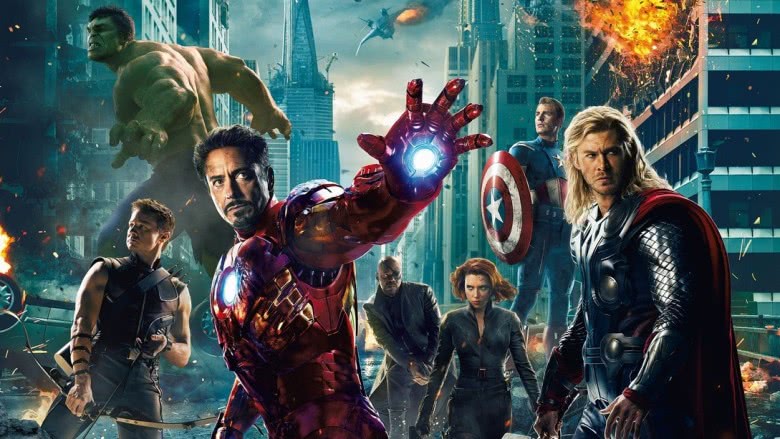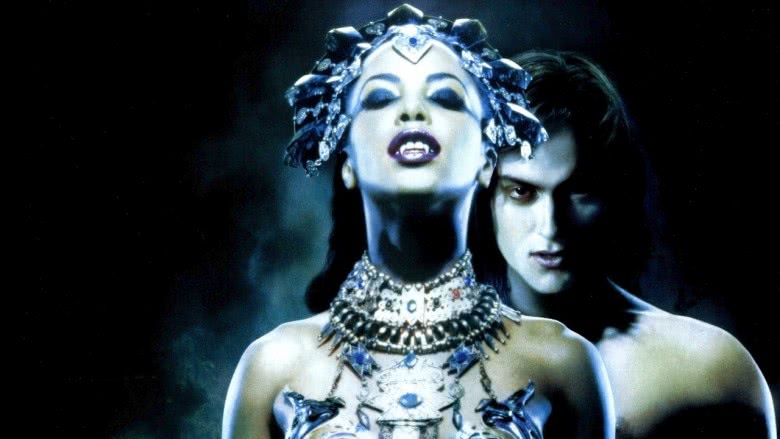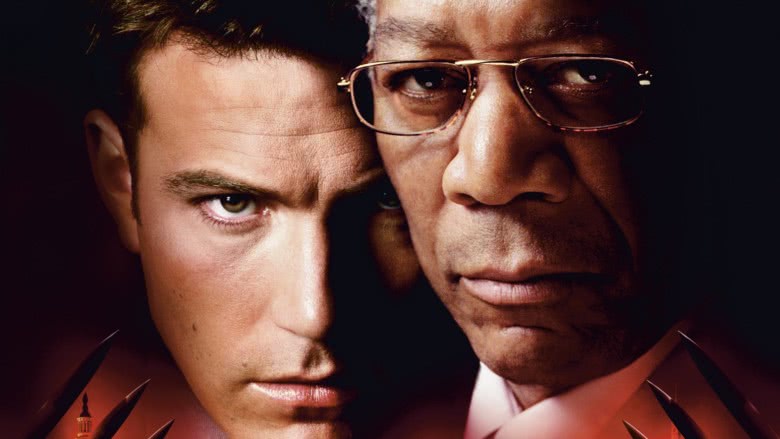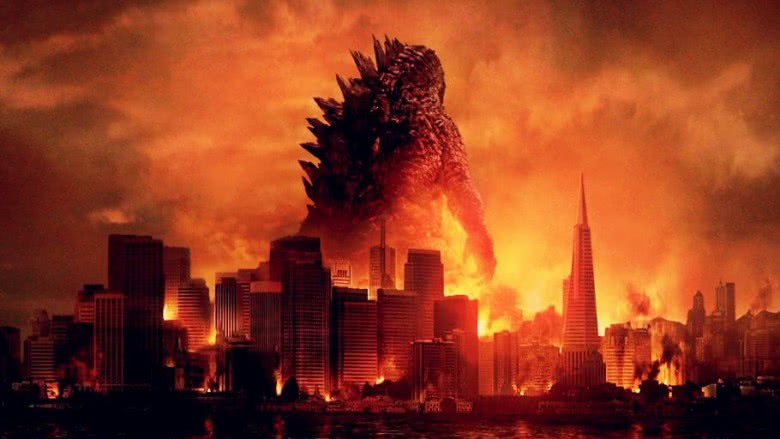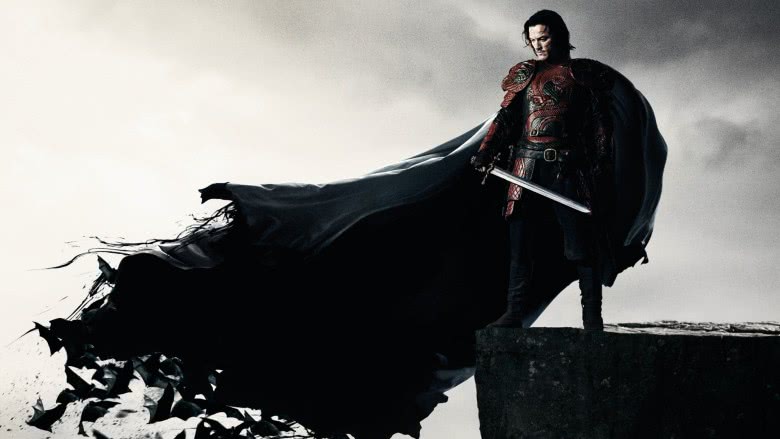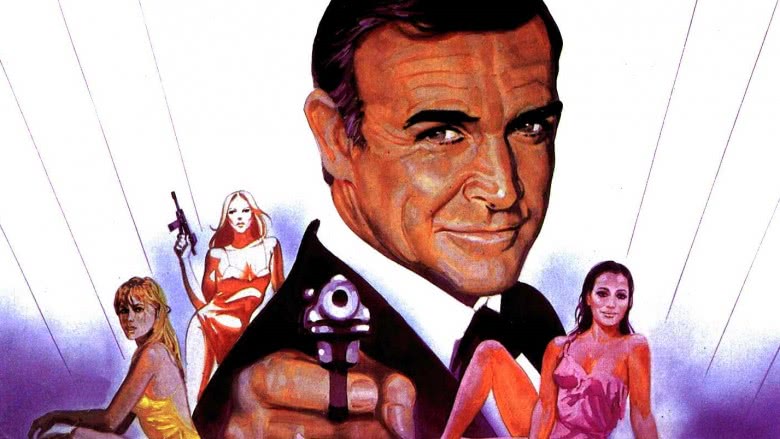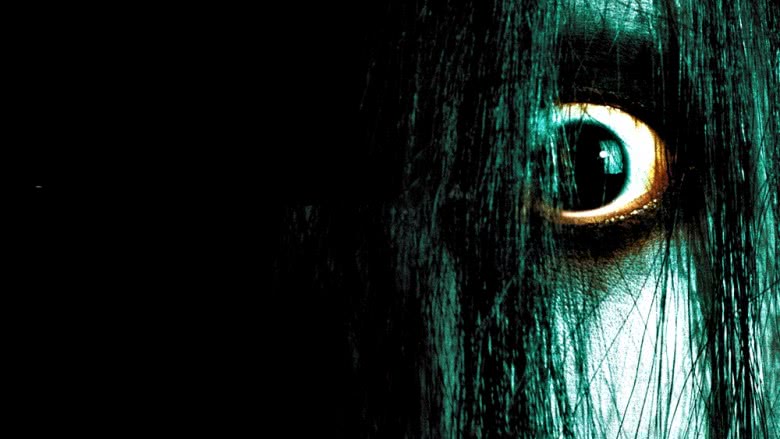7 Movies You Didn't Know Were Reboots
From Spider-Man to James Bond to ... Spider-Man again, Hollywood is increasingly leaning on the movie reboot as a way to wring more entertainment and more dollars out of its most popular franchises. Batman begins again, the Planet of the Apes rises again, and Friday the 13th comes around again. But there are some movies that you may not know are reboots, often because the franchise they rebooted wasn't very well known, or because they weren't successful reboots!
We're not looking at remakes here, or even just recastings of lead actors, but movies that take an established continuity and roll it back to zero. A true reboot offers the potential for a fresh start, even if some elements of the old continuity carry over.
The Marvel Cinematic Universe
The Marvel Cinematic Universe offers a bold attempt to create an interconnected movie franchise, and it has inspired a lot of studios to follow suit, as we'll see elsewhere in this list. And yet, it wasn't a wholly original idea. In the 1980s, NBC tried to build a shared Marvel Universe of its own on the small screen, with a series of TV movies building on the back of a revival of CBS's cancelled Incredible Hulk TV series, and introducing other Marvel superheroes to Hulk's TV world for the first time.
1988's The Incredible Hulk Returns TV movie introduced the Norse god Thor, played by actor Erik Kramer, and 1989's Trial of The Incredible Hulk introduced the blind vigilante Daredevil, played by Rex Smith, with John Rhys-Davies as the villainous Wilson Fisk. Both TV movies were backdoor pilots setting up potential Thor and Daredevil shows set in the same world as the Hulk, but neither pilot was picked up, and after one more Hulk movie in 1990, the dream of a shared live-action Marvel universe was dashed. Of course, it's worth noting that when Marvel did launch its more successful cinematic universe in 2008, the first crossover was an uncredited appearance by Robert Downey Jr.'s Tony Stark in the 2008 Incredible Hulk movie!
Queen Of The Damned (2002)
The key to a successful movie reboot is to be at least as popular as the original picture, but that sadly wasn't the case for Queen Of The Damned, a second and less memorable adaptation of one of Anne Rice's "Vampire Chronicles" novels following 1994's Interview With The Vampire. The original starred Tom Cruise as Rice's vain and seductive vampire aristocrat Lestat, and Brad Pitt as his plaything Louis, and the movie was popular enough that Neil Jordan was asked to write a script for a follow-up movie based on the next novel, The Vampire Lestat.
Somewhere along the way, the movie lost Jordan, lost Cruise, lost the character of Louis altogether, and severed any connection to the world established in Interview. The plot was mashed up with that of the third novel in the series, and took that novel's title, Queen Of The Damned. Stuart Townsend was cast as the new Lestat, and R&B singer Aaliyah joined as the titular vampire queen. The movie was released just a few months after Aaliyah's unexpected death in a plane crash, and received a less than enthusiastic response from critics and audiences alike. Lestat did not rise again thereafter.
The Jack Ryan franchise
The character of CIA analyst Jack Ryan has been played by four actors in just five movies; a level of turnover that the official James Bond franchise took 15 movies to achieve. In fact, the Jack Ryan franchise has such a spotty record that you might be forgiven for asking, "What's the Jack Ryan franchise?" Although the character has been played by some great and iconic actors, he lacks the distinctive idiosyncrasies and stylish flourishes that made Bond so memorable, and each Jack Ryan movie feels like its own standalone spy thriller.
The first Jack Ryan movie was 1990's The Hunt for Red October, with Alec Baldwin in the central role. Two years later, the character was 15 years older and played by Harrison Ford in Patriot Games, with a return performance in 1994's Clear And Present Danger. Technically those movies followed the same continuity, with James Earl Jones' Vice Admiral James Greer as the only constant presence in all three. But The Sum of All Fears officially rebooted the franchise in 2002, with Ben Affleck as Ryan, and Shadow Recruit rebooted it again in 2014, starring Chris Pine as the hero. Neither of these redoubtable square-jawed leading men was able to successfully kick-start a new franchise. John Krasinski claims the sixth iteration of the role for the 2017 TV adaptation, simply titled Jack Ryan. Maybe this time we'll remember his name.
Godzilla (2014)
You won't have missed that the 2014 Godzilla movie is a reboot of the Godzilla franchise; what's more surprising is that it's a reboot of the King Kong franchise as part of an ambitious new cinematic shared universe. Godzilla is one of the most successful and longest-running franchises in Japanese movie history but remained a cult curiosity in the U.S. for decades, with three re-edits of Japanese features released between 1956 and 1985, and one co-production in 1965, but no original American Godzilla movies until Roland Emmerich's effort in 1998.
Emmerich's Godzilla was meant to launch a trilogy that never followed. By contrast, director Gareth Edwards intended his 2014 Godzilla movie to stand on its own, but it was a big enough success that it at last turned the giant lizard into a bona fide American movie star and formed the foundation for Legendary Pictures' new shared universe of giant monsters. 2017's Kong: Skull Island is the second installment in that franchise, reintroducing the monster-hunting organization Monarch, whose personnel include Godzilla's Ken Watanabe and Skull Island's John Goodman. More "Monarch versus monster" movies are set to follow, with Godzilla and Kong clashing in 2020 in a throwback to the third original Godzilla movie, 1962's King Kong vs. Godzilla.
Dracula Untold (2014) / The Mummy (2017)
While Legendary Pictures was successful in seeding its own shared movie universe with Godzilla, Universal Pictures own attempt to lay the groundwork for a rebooted shared universe featuring monsters on a much smaller scale failed to find its feet in the very same year. Alex Proyas' Dracula origin story Dracula Untold, featuring Luke Evans as the famous bloodsucker, was originally just a fresh take on Dracula, but it underwent reshoots specifically to make it the first film in a new movie franchise that would bring together several of the iconic Universal Monsters, including Frankenstein's monster, the wolf man, the mummy, the creature from the Black Lagoon, and the invisible man.
Unfortunately, the movie struggled to inspire U.S. audiences and critics (although it did very well at the foreign box office) and was quietly dropped from the Universal Monsters cinematic universe, and 2017's The Mummy, starring Tom Cruise and Sofia Boutella, reclaimed its original intended position as the first movie in the new monster franchise, while also serving double duty as the relaunch of the Universal Mummy franchise that previously helped turn Brendan Fraser and Dwayne Johnson into stars.
Never Say Never Again (1983)
The James Bond movies managed to navigate a delicate line between reboot and sequel for decades, thanks to multiple recastings of the leading man and most of the major supporting roles, until the unambiguous resetting of canon with 2006's Casino Royale starring Daniel Craig. All the movies between Dr. No and Die Another Day are technically in the same continuity, even though there's no sane way to make that timeline make sense. Yet there was one genuine reboot, right alongside the existing franchise.
Never Say Never Again is the second Bond movie adapted from the 1961 novel Thunderball, thanks to an unusual rights split. Author Ian Fleming based that novel in part on a script for a never-made Bond movie co-written with filmmaker Kevin McClory and screenwriter Jack Whittingham, and McClory's claim to the rights for that screenplay allowed him to produce an adaptation outside the main Bond franchise in 1983, for which Sean Connery was persuaded to return to the role. Never Say Never Again did not launch a rival franchise, despite McClory's attempts to remake the movie a third time, but Sony Pictures attempted to use McClory's claim to do exactly that in the 1990s, until the then rights-holders MGM shut Sony down. Sony finally got to launch its own Bond franchise, and reset the canon, with Casino Royale, a year after acquiring MGM and the Bond rights in 2005.
The Grudge (2004)
When is a remake also a reboot? That's the question answered by director Takashi Shimizu's second take on his own Ju-On horror movie franchise. The 2004 horror movie The Grudge stars Sarah Michelle Gellar as an American exchange student drawn into a supernatural curse in Japan. It's both the first movie in a new franchise and Shimizu's English-language adaptation of his own 2002 Japanese movie Ju-On: The Grudge, the third movie in an established four-movie franchise. Thus it's a remake and a reboot!
The Japanese movie that forms the basis for Gellar's Grudge is the third of four installments in the Ju-On series about the vengeful spirit Kayako, following Ju-On: The Curse and Ju-On: The Curse 2, and preceding Ju-On: The Grudge 2. The American Grudge inspired two sequels of its own in 2006 and 2009, but that was the end of the U.S. franchise. The Japanese franchise picked up the slack in 2009 with two more movies and continues to outlive its own reboot with a Grudge/Ring crossover movie, 2016's Sadako vs. Kayako.

